Please note: In September 2019, we updated the DXOMARK Mobile test protocol to cover ultra-wide-angle performance and have renamed the protocol DXOMARK Camera. We also expanded our low-light testing and created the new Night sub-score, which incorporates the previous Flash score. We have retested this device using the new Wide and Night test protocols and updated this review. The updated elements and scores are right at the top; you can still find the original review further down the page. For more information, please see the articles about our new Wide and Night test protocols.
The Xiaomi Mi 9 is the Chinese manufacturer’s 2019 flagship smartphone and features a triple-camera setup. The main module captures image information on a 1/2″ 48Mp sensor that produces 12Mp output images. In addition, there’s a 12Mp 2x tele-module for zoom shots and a 16Mp super-wide-angle with a 117-degree field of view.
Update summary


With our new Wide and Night results included in the ranking, the Xiaomi Mi 9’s Photo score increases from 112 to 115. Its overall DXOMARK Camera score is lifted from 107 to 110, thus ensuring the Xiaomi a top-5 position in our smartphone camera ranking.
At 16mm, the Mi 9’s angle of view isn’t as wide as we’ve seen on some other devices, but certainly helps you squeeze more into the frame, compared to the primary camera. Outdoor wide shots display good exposure, with fairly wide dynamic range, and noise is generally well-controlled. Color rendering and white balance are also pleasant. The Mi 9’s main weakness is a strong loss of sharpness that is visible at all wide-angle focal lengths. The wide-angle module also slightly underperforms indoors, with low target exposures and more limited dynamic range; moreover, colors can be somewhat undersaturated, and ringing artifacts are also visible.
The Mi 9 is a good performer for night photography overall, ranking in the top half of devices tested under our new protocol. Auto flash generally triggers accurately for night portraits, but often fires unnecessarily for low-light cityscapes, too, which impacts its image processing pipeline and negatively affects image quality. The Mi 9’s LED flash is an excellent option when it is deployed appropriately, however, with mainly good exposure and color in portraits. That said, a slight white balance cast is evident using flash under some artificial light sources and detail on faces is a little low. With the flash off, low-light cityscapes aren’t quite as impressive either, with slightly low target exposures, a loss of detail, and significant noise—meaning that the Mi 9’s performance doesn’t threaten the top performers.

Wide
Xiaomi Mi 9
30
The Xiaomi Mi 9 achieves one of the currently lowest scores in our analysis of wide-angle camera performance, with the main weaknesses low detail, significant softness in the outer field, and low target exposures in indoor shots. Outdoor exposure is pretty good, and although dynamic range isn’t quite as wide as the best-performing devices, it’s acceptable. Color rendering is OK, too, with reasonably good saturation; and although white balance tends to be slightly warm, it’s not unpleasant. Noise is generally well-controlled outdoors, too, but there is a loss of fine detail in intricate areas.
Xiaomi claims that the Mi 9’s wide-angle module offers an “ultra-wide” field of view, but tested in the default wide-angle setting, we found the minimum focal length to be around 16mm, so you can’t fit as much in the frame compared to such devices as the Samsung S10 5G.
One interesting aspect of the Xiaomi Mi 9’s performance, however, is its control of geometric distortion when a face is detected close to the edges of the frame. As you can see in the example below, when there are no people in the shot, the device applies some correction for straighter lines in the buildings, but doesn’t do this in the example with a person close to the edge so as to avoid distorting the subject. It’s not totally consistent, so it doesn’t always apply the correction, but it’s a bonus when it does.

Night
Xiaomi Mi 9
48
Overall, the Xiaomi Mi 9 isn’t one of the top-performing devices for night photography under our new testing protocol, but achieves pretty good results with the flash forced on, showing good exposure with very little vignetting, excellent repeatability, well-controlled noise levels, and fairly accurate white balance when shooting both with flash-only or when using the flash with 5 lux of ambient tungsten illumination. On the downside, texture rendering is not quite as good as some competitors, and we’ve observed some slight autofocus instabilities when using the Mi 9 camera’s LED flash.
With the flash set to auto, the flash tends to trigger for landscape images without illuminating most parts of the scene. More sensibly, the flash also triggers for portrait shots; faces are properly exposed, but levels of detail are fairly low and we observed slight white balance casts.
Image quality for cityscapes at flash-off settings in low light isn’t among the best we’ve seen. Target exposures are pretty good, but dynamic range is limited, with clipping evident in bright lights, and there’s noticeably less detail compared to the top-performing devices.
A bit of a mixed result using the Xiaomi Mi 9’s dedicated night mode, but it’s not the worst we’ve tested and night portraits are acceptable in some conditions. Under bright artificial light, exposure is generally accurate, but there’s a loss of detail on moving elements and faces can be out of focus, and there is a strong white balance cast under sodium vapor lighting.
Xiaomi Mi 9 camera review (originally published February 20, 2019)
The Xiaomi Mi 9 is the Chinese manufacturer’s latest flagship smartphone and its first device with a triple-camera setup. The main module captures image information on a 1/2″ 48Mp sensor that produces 12Mp output images. In addition, there’s a 12Mp 2x tele-module for zoom shots and a 16Mp super-wide-angle with a 117-degree field of view. The autofocus system uses a mix of PDAF, laser, and contrast detection.
Users can view, edit, and compose images on an AMOLED display with Full HD+ resolution, and the device is powered by Qualcomm’s latest top-end Snapdragon 855 chipset. Read our full review to find out how the Mi 9 performed in our smartphone camera testing.
Key camera specifications:
- Triple-camera setup
- Primary: 48Mp 1/2-inch Sony IMX586 quad-sensor with 0.8µm pixels, f/1.75-aperture lens, 26mm-equivalent focal length
- Tele: 12Mp 1/3.4-inch Samsung S5K3M5 sensor with 1.0µm pixels, f/2.2-aperture lens, 50mm-equivalent focal length
- Super-wide-angle: 16Mp 1/3-inch Sony IMX481 sensor, f/2.2-aperture lens, 17mm-equivalent focal length
- PDAF/laser autofocus
- LED flash
- 2160p/60fps video (2160p/30fps in default mode)
About DxOMark Mobile tests: For scoring and analysis in our smartphone camera reviews, DxOMark engineers capture and evaluate over 1500 test images and more than 2 hours of video both in controlled lab environments and in natural indoor and outdoor scenes, using the camera’s default settings. This article is designed to highlight the most important results of our testing. For more information about the DxOMark Mobile test protocol, click here. More details on how we score smartphone cameras are available here.
Test summary
Achieving an overall DxOMark Mobile score of 107 points, the Mi 9 is the best Xiaomi device we have tested so far, securing itself a spot very close to the top in our smartphone camera ranking. Its Photo score of 112 points is excellent, thanks to the camera’s ability to capture high-quality still images in almost all situations.
Target exposure is consistently spot-on, and the camera captures pleasant color with accurate white balance, and without any color shading or other color issues. Noise levels are very well under control in bright light and under typical indoor conditions, and creep up only in low-light situations; and the autofocus system works swiftly and accurately in almost all circumstances.
When light levels get very low, the Mi 9’s LED flash is an excellent option. The Xiaomi’s flash performance is the best we have seen on a smartphone to date, with good exposure and color in both flash-only and mixed-light situations. Portrait mode is capable of producing a simulated bokeh effect with good foreground subject isolation and a pleasant blur gradient, resulting in quite natural-looking images, and the Mi 9’s 2x optical zoom lens helps capture zoom images with good detail, even at longer zoom settings.
The Xiaomi Mi 9 camera is clearly very good for still imaging in most respects, but some opportunities for improvement remain. Compared to the best in class, dynamic range is slightly limited, with less detail in the shadow areas of the frame. A tone compression effect results in very low contrast and a fairly unnatural rendering of the bright parts in high-contrast scenes.
When viewed close-up, results from the Mi 9 show less fine detail than those from such high-end competitors as the iPhone XS Max and the Huawei Mate 20 Pro, with fine textures rendered visibly softer. Our testers also noticed a lot of luminance noise when zooming into the scene, especially when shooting in low light.
While the Mi 9 is very good for still images, it really shines in video mode, achieving 99 points—the best Video score we have seen so far. The Xiaomi is the first camera we have tested that records 4K footage by default, which to a degree explains the excellent detail rendering in bright light and when recording indoors. At the same time, it keeps noise levels low in those conditions. Impressively, the image stabilization system is capable of keeping things smooth and steady, even with the Mi 9’s high-resolution output. The system works efficiently both when holding the cameras still and when walking while recording.
Exposure is good even in low light, and the camera captures pleasant colors with accurate white balance. Throw a responsive and consistent AF system into the mix, and we’ve got ourselves the currently best mobile device for videography. Points of criticism about the Mi 9’s video mode are fairly minor: there’s some noise in low-light scenes, especially on moving subjects, and we also saw some ghosting artifacts and dropped frames. Overall, though, the Xiaomi Mi 9 is an excellent choice for mobile photography and video recording alike.
Photo scores explained
The Xiaomi Mi 9’s Photo score of 112 is one of the best we have seen so far. It is calculated from sub-scores in tests that examine different aspects of its performance under different lighting conditions. In this section, we’ll take a closer look at these image quality sub-scores.

Exposure and Contrast
Xiaomi Mi 9
94
The Mi 9 achieves excellent results for exposure. Target exposure is accurate in all conditions, and the results are very consistent and repeatable across a series of shots. In the target exposure analysis below, you can see that the Mi 9 camera is consistent across a variety of light sources and levels, down to very dim illumination.
Dynamic range is also good, but just a touch behind that of the best competitors, such as the Apple iPhone XS Max and the Huawei Mate 20 Pro. The Mi 9 images show a little less shadow detail, and bright areas have very low contrast and look unnaturally flat. (We’ll take a closer look at the latter phenomenon in the Artifacts section of this review.)
The comparison shots of our test scene below were captured at a very low light level of 5 lux. As you can see, the Xiaomi Mi 9 exposure system is capable of recording a usable image in such difficult conditions. The Mi 9 image is noticeably brighter than the iPhone XS Max equivalent, but is slightly darker than the image captured by the Huawei Mate 20 Pro.

Color
Xiaomi Mi 9
86
Overall color performance on the Xiaomi Mi 9 is very good, without any real problems. White balance is accurate, resulting in neutral and pleasant color rendering across all shooting situations, including low light. Only on very few occasions did we see some slight color shading—different color casts at the center and edges of the frame—but overall, color casts and other color-related issues are very well under control.
As in bright outdoor light, white balance is generally very good under typical indoor lighting. In only a few of our indoor sample shots did we notice a greenish or yellowish color cast, such as in the image below on the right.

Autofocus
Xiaomi Mi 9
96
The Xiaomi Mi 9 scores well in the Autofocus category, thanks to fast, accurate, and repeatable focusing in all situations. As you can see in the comparison graph below, the Xiaomi lags a fraction behind the iPhone XS Max and the Mate 20 Pro both in terms of speed and acutance, but in real-life terms, it’s pretty much impossible to notice the difference.
For our autofocus lab test, we shoot 30 consecutive exposures and defocus the device between each shot, and then wait either a short (500ms) or long (2000ms) delay before requesting focus during our benchmark lab tests. As the graph below shows, the Mi 9 consistently delivered sharp images with hardly any delay.
The only situation during our testing in which the autofocus system got into trouble and produced out-of-focus results is in the one backlit portrait scene below. Neither the foreground subject nor the background is in focus, but the autofocus system worked flawlessly in all our other test scenes.

Texture
Xiaomi Mi 9
69

Noise
Xiaomi Mi 9
73
The Xiaomi’s image processing finds a good compromise between detail retention and noise reduction, but it is not among the very best. Its score is close to that of the Apple iPhone XS Max (the Apple captures better textures but also shows more noise), but it’s not as good as the class-leading Huawei Mate 20 Pro’s.
In the outdoor comparison shots below, you can see that both the iPhone and the Mate 20 Pro capture better detail than the Mi 9, especially in the low-contrast areas of the image, which look quite mushy on the Xiaomi.
Under typical indoor lighting and in low light, the differences are less pronounced, and the Xiaomi Mi 9 is closer to the competition. In the 20 lux studio samples below, noise is more visible on the Mi 9 than on the Mate 20 Pro, but the Xiaomi image is cleaner than the iPhone XS Max image.
In the noise chart below, you can see that chromatic noise stays at a very low level across all light levels, but luminance noise becomes slightly more intrusive as the light gets dimmer.
In outdoor images, noise is very well under control and there is very little luminance noise visible in areas of plain color, such as in the blue sky in the samples below. The Xiaomi is not quite as clean as the Mate 20 Pro, but it’s better than the iPhone XS Max.
The situation is similar for the 5 lux low-light shots below. The Xiaomi controls noise much better than the iPhone XS Max, but captures softer detail. The Mate 20 Pro finds the best texture/noise compromise in these shooting conditions as well.

Artifacts
Xiaomi Mi 9
74
Most common artifacts, such as ringing, chromatic aberrations, and ghosting are very well under control on the Xiaomi Mi 9. However, our testers found a couple of artifacts that we haven’t really seen much at all on other devices—for example, the bright areas in high-contrast images show very low contrast (we call this tone compression), which results in a pretty unnatural rendering of those areas. The effect is very visible in the bright backgrounds in the images below.
We also observed a kind of dark halo along some high-contrast edges. In the Mi 9 sample below, the wall to the right of the window is very dark before it increases to a brighter tone. In the iPhone XS Max image on the right, which is much closer to the real scene, the tones of the wall are much more consistent. On the plus side, the Mi 9 controls flare much better than the iPhone in this particular scene.
The Xiaomi Mi 9 achieves the best Flash score of all devices we have tested so far, thanks to good exposure with very little vignetting, excellent repeatability, well-controlled noise levels, and fairly accurate white balance when shooting both with flash only or when using the flash with 5 lux of ambient tungsten illumination. On the downside, texture rendering is not quite as good as on some competitors, and we’ve observed some slight autofocus instabilities when using the Mi 9 camera’s LED flash.

Zoom
Xiaomi Mi 9
67
The Xiaomi Mi 9 comes with a 2x optical zoom lens and uses a multi-frame super-resolution algorithm to optimize image quality for transitions between the 1x and 2x zoom settings. The result is one of the best scores for Zoom in our test database, albeit not quite on same the level as the class-leading Huawei Mate 20 Pro. Overall, the Xiaomi zoom performs very well in all conditions, but images are noisier than on the Huawei and artifacts are sometimes visible.
In outdoor conditions, detail rendering is good even at medium- and long-range zoom settings, but some luminance noise is visible.
In low light, a loss of detail in the Mi 9’s zoom images is evident and luminance noise gets pretty intrusive. Still, the Mi 9 looks very good compared to the Apple iPhone XS Max. The Huawei Mate 20 Pro is capable of capturing a much cleaner image in dim conditions, though.

Bokeh
Xiaomi Mi 9
65
The Xiaomi Mi 9 triple-camera also works very well in Bokeh mode, achieving the second-best score to date. Results are very repeatable and the simulated bokeh has a good shape, along with very smooth blur transitions into the background, although on occasion the blur gradient in the foreground can change a little abruptly.
Foreground subject isolation from the background is generally very good, but some motion blur is visible on moving subjects in the scene. Spotlights in the background are rendered with good contrast, but the shape is not circular, resulting in a slightly unnatural effect.
Video scores explained
At 99 points, the Xiaomi Mi 9 achieves the best score for Video we have seen so far, making it the current go-to device for mobile videographers. The overall video score is derived from a number of sub-scores in the same way as the Photo score: Exposure (85), Color (91), Autofocus (94), Texture (70), Noise (78), Artifacts (80), and Stabilization (92).
The Mi 9’s excellent video score is party due to the fact that the Xiaomi is the first phone we have tested that records video at 4K resolution by default. This gives the device a distinct advantage in the texture and detail department. As you can see in the graph below, in video mode the camera captures very good texture in bright light. Detail levels reduce with light levels, but the camera still captures good textures under interior lighting, and edge detail is consistently good down to low light. Overall, the Mi 9 is the best phone for video texture we have tested so far.
The Mi 9 is also the currently best device in terms of texture/noise balance. The camera not only manages to capture excellent video detail, it is also capable of keeping noise low across most illumination levels. Noise becomes more visible in low light, however, especially on moving subjects in the scene.
Given that video footage in 4K resolution requires a lot more processing power for efficient stabilization than Full-HD video, the Xiaomi also performs impressively well for stabilization, achieving a score of 92 points. Stabilization is slightly more efficient in bright outdoor light than under typical indoor lighting conditions, but works equally well when holding the camera still or when walking while recording.
The Mi 9 is also our top device for video color, thanks to generally pleasant color rendering in all situations and no color shading. Occasionally we observed a bluish cast in the shadow regions of video frames, but that’s only a very minor issue. White balance transitions under changing light sources are fine as well, with only some slight stepping under indoor lighting.
There’s no reason to complain about video exposure either. Target exposure is very good, even in low light, and transitions are smooth. Dynamic range is somewhat limited, but the Mi 9 has that in common with most of its direct competitors and overall, only the Apple iPhone XS Max with its HDR video algorithm achieves better dynamic range in video mode.
Artifacts are well-controlled overall, but we noticed some aliasing on diagonal lines and a slight judder effect when panning. There are also some dropped frames in all conditions, but our testers counted only about four dropped frames per minute of recording, so the effect will hardly be noticeable to the casual viewer.
The Xiaomi autofocus system worked well in video mode, too. It is good at tracking and is always responsive. It’s also pretty fast, but not the fastest we have tested. The only situation in which we noticed a loss of focus was walking while recording under indoor lighting.
Conclusion: Xiaomi enters the big leagues
Xiaomi has impressed us in the past with devices such as the Mi MIX 3 and Mi 8, but the Mi 9 takes things to a whole new level, placing the Chinese company’s latest flagship model firmly into the big league of smartphone cameras—right up there with the heavy-hitters from Apple, Samsung, and Huawei. With convincing results across the board and no major flaws, the Mi 9 is the third-best device so far for still imaging, edged out only by Huawei juggernauts Mate 20 Pro and P20 Pro. In video mode it does even better, finding itself at the very top of our ranking, making it the top choice for mobile video shooters. This is partly due to the Mi 9 being the first test device recording 4K video by default and therefore scoring very high for texture and detail, but it also puts in a very good performance in all other test categories.
It’s also worth mentioning that, as with other devices with a similar camera setup, the Mi 9’s ultra-wide-angle camera did not have an impact on its DxOMark score. Still, it might be considered a very useful tool by many, making the Xiaomi Mi 9 even easier to recommend to anyone who likes taking pictures and recording videos with their smartphone.
Photo pros
- Generally accurate and repeatable target exposure
- Noise well under control in bright light and under indoor lighting
- Fast and accurate autofocus
- Generally accurate white balance
- Excellent flash results
- Good subject isolation and blur gradient in bokeh mode
- Good detail when using the zoom function
Video pros
- Excellent detail in bright light and when shooting indoors
- Efficient stabilization in most situations
- Low noise outdoors and indoors
- Responsive and repeatable AF performance
- Accurate white balance and good color rendering
- Good target exposure even in low light
Photo cons
- Slightly limited dynamic range
- Loss of fine detail
- Unnatural tone compression effects in the bright areas of high-contrast shots
- Luminance noise when zooming, especially in low light
Video cons
- Some ghosting and dropped frames
- Noise in low-light scenes, especially on moving subjects
- Occasional focus instabilities when shooting indoors


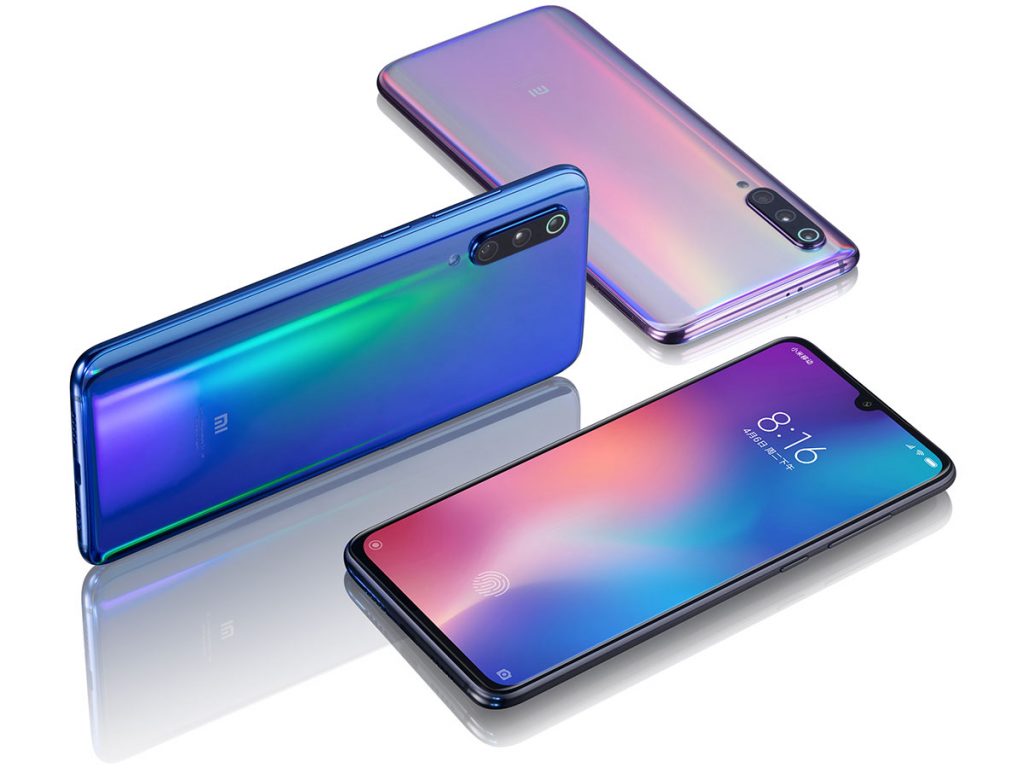



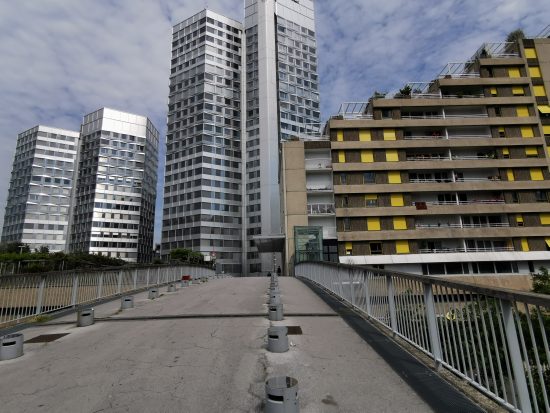
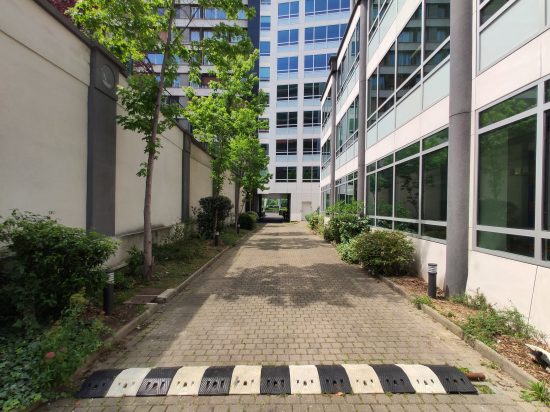
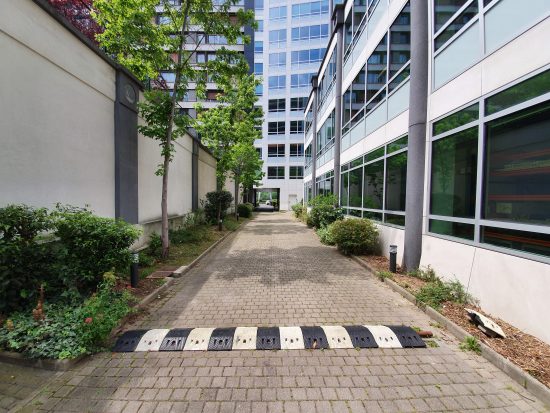
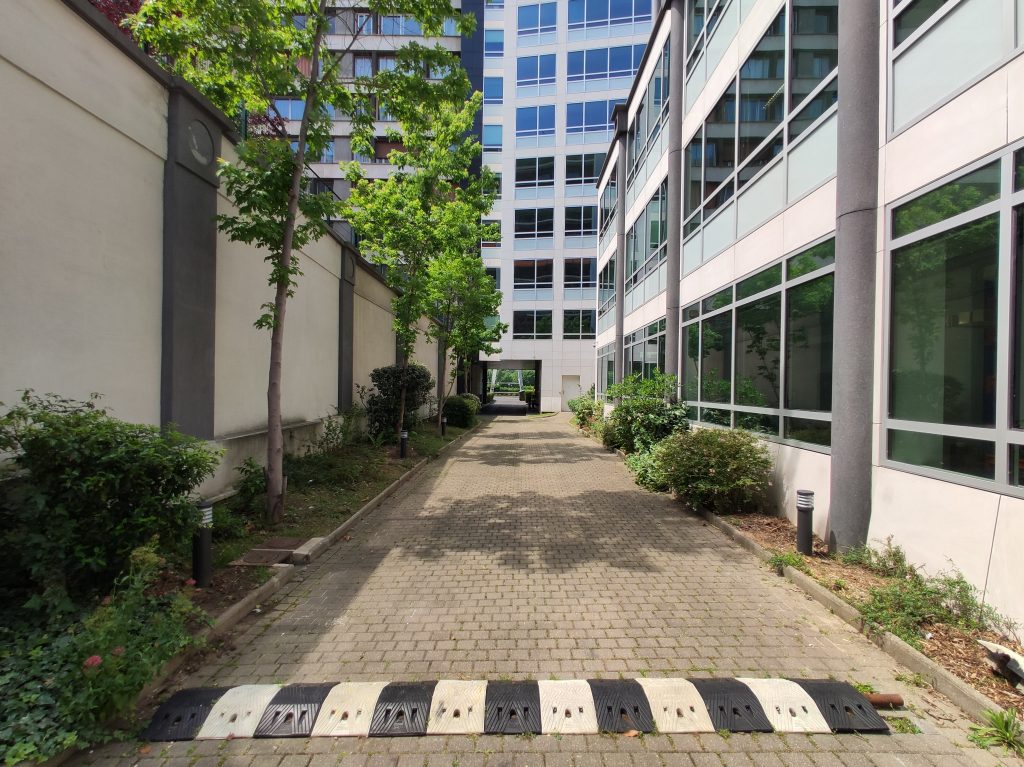
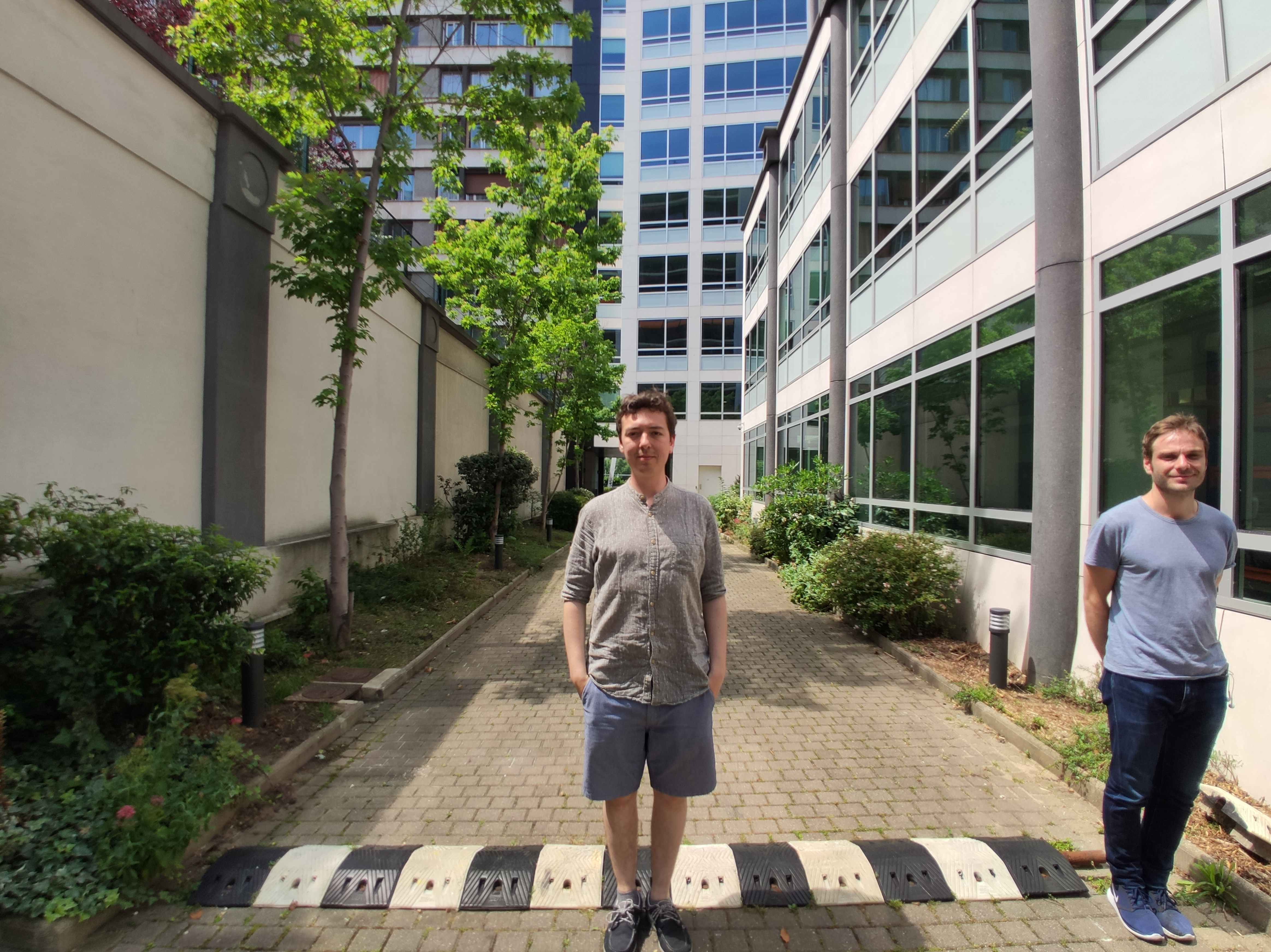



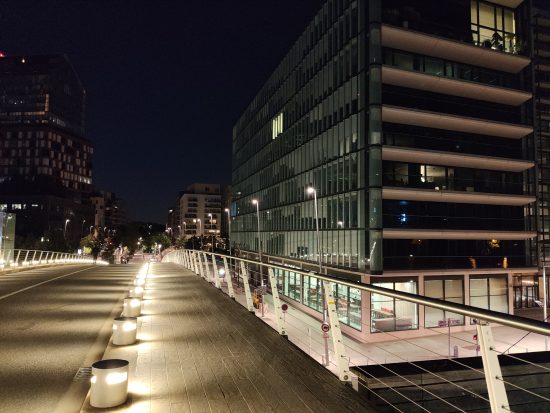
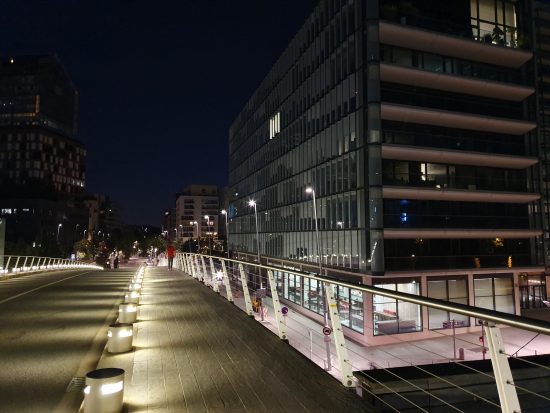
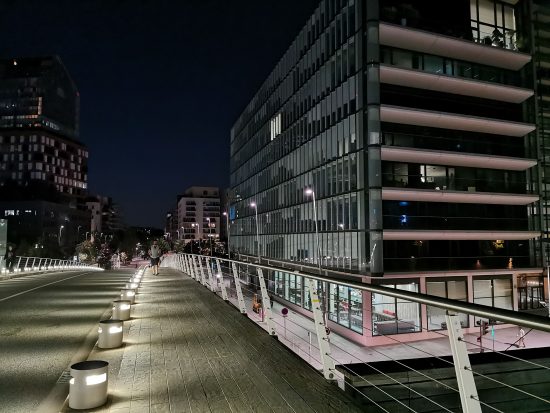


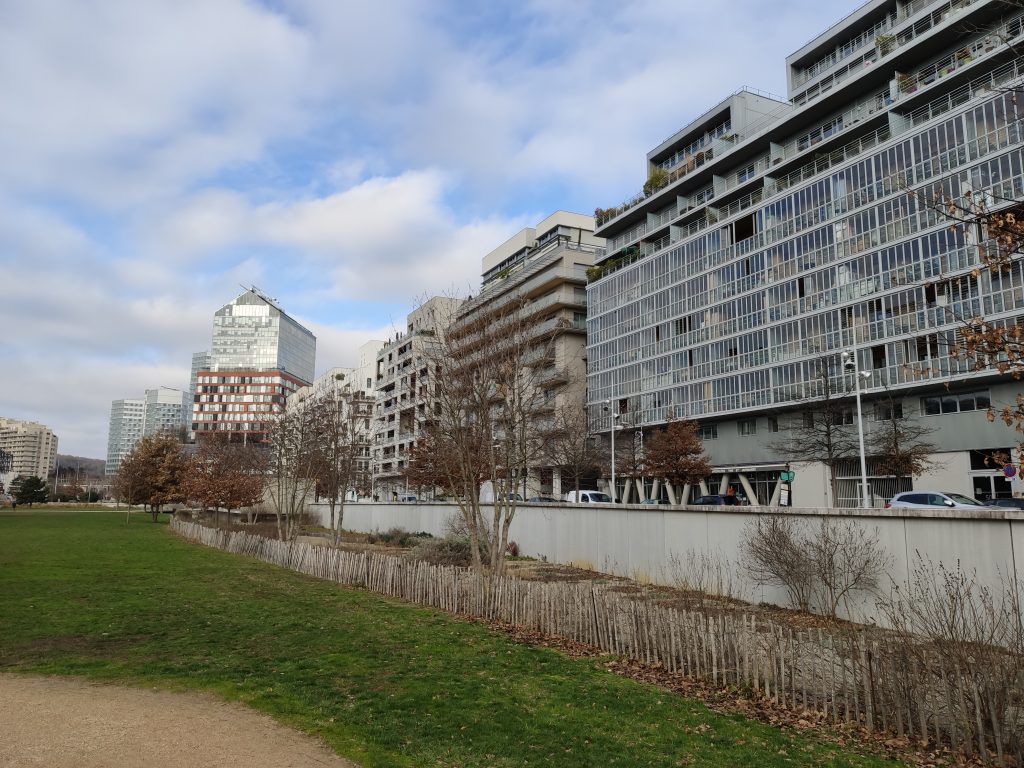



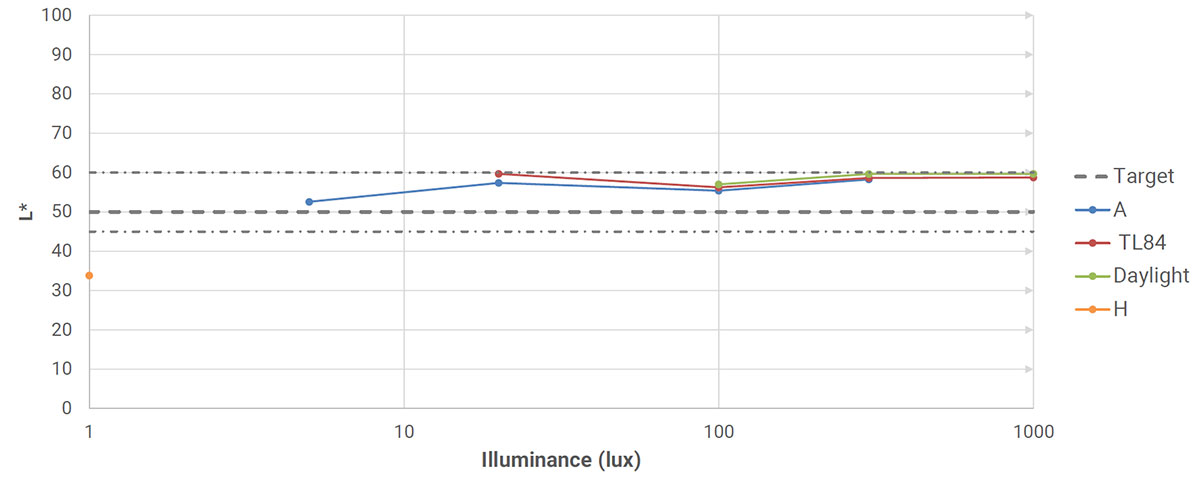






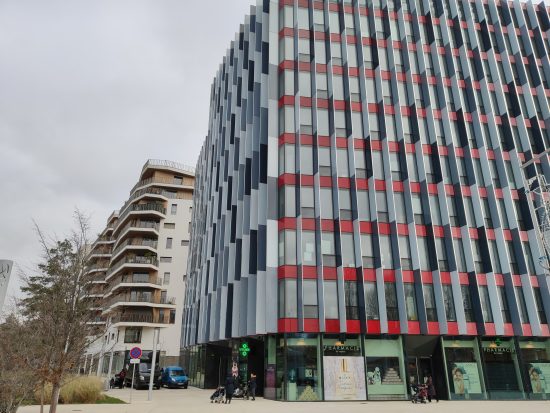
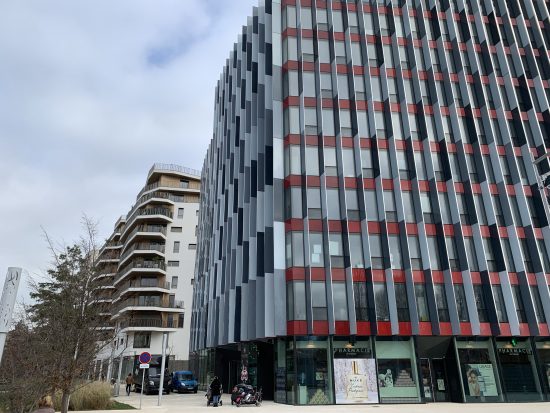
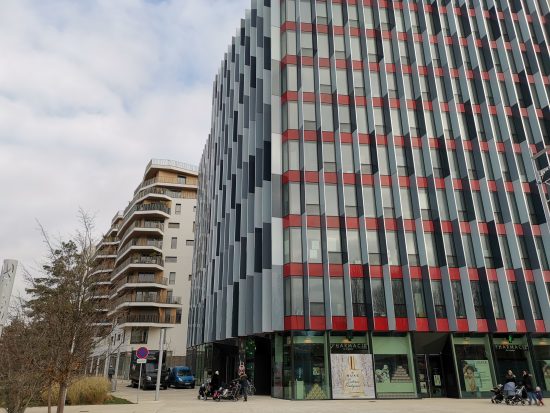
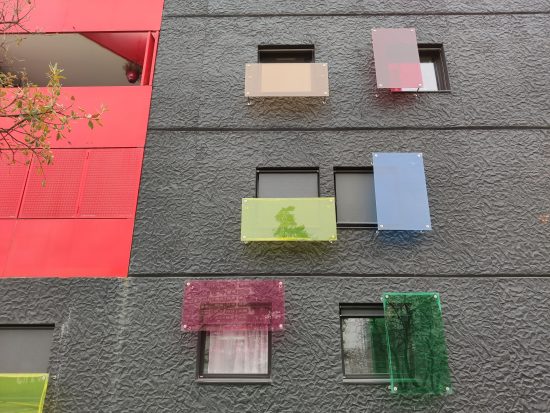
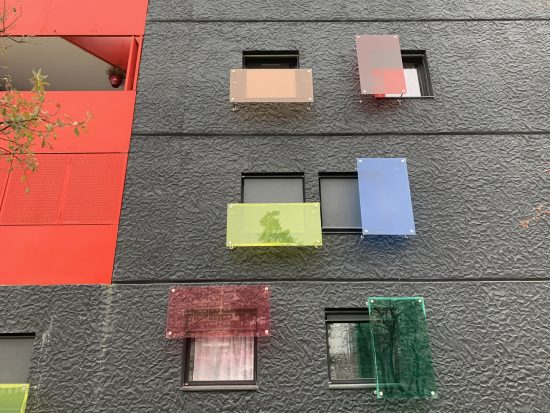
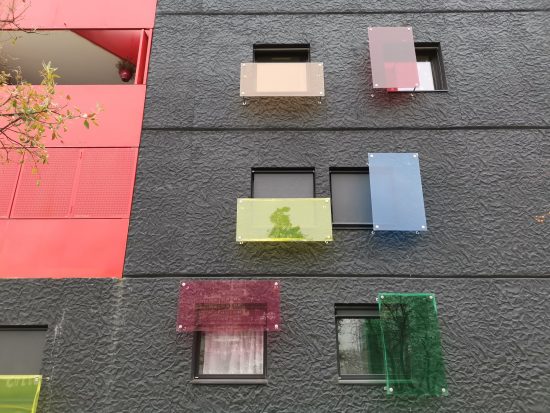
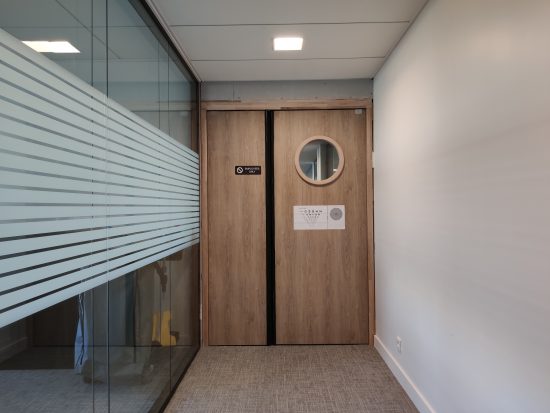

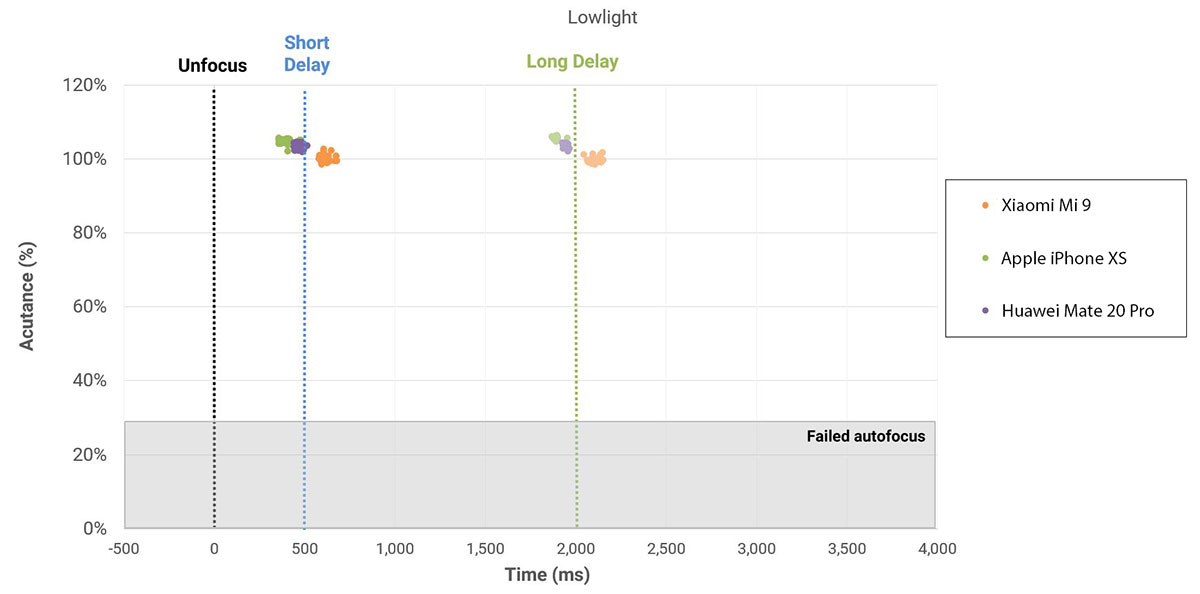







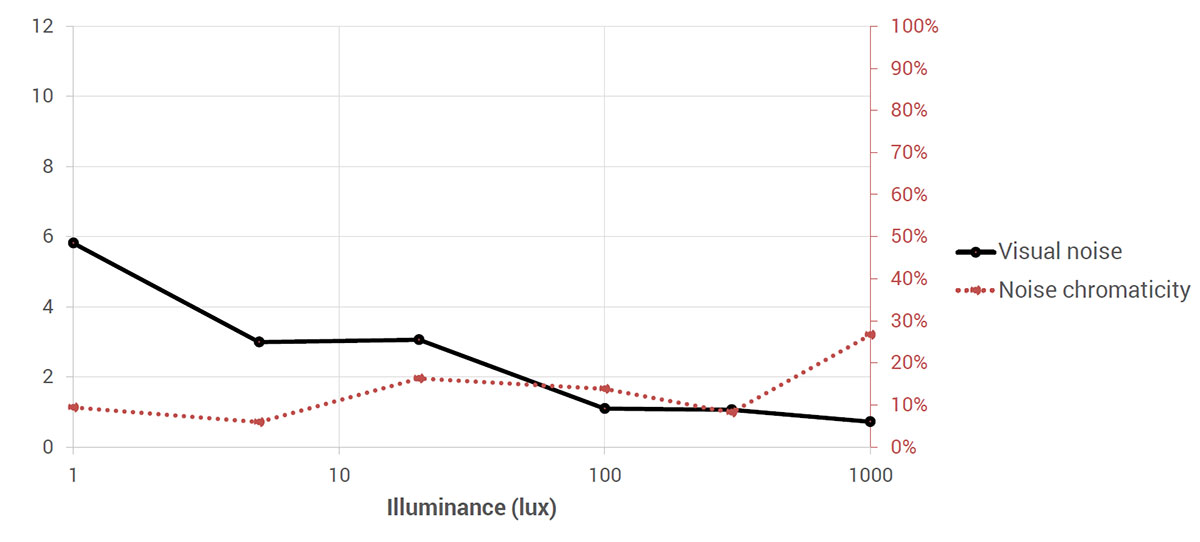
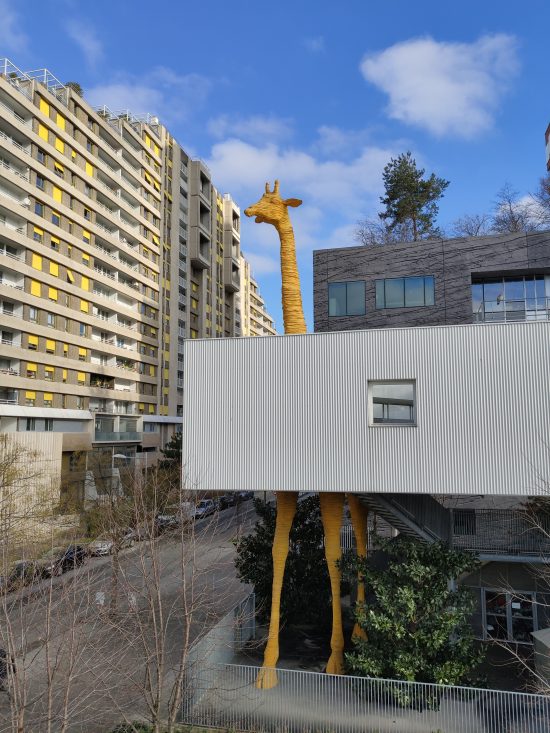




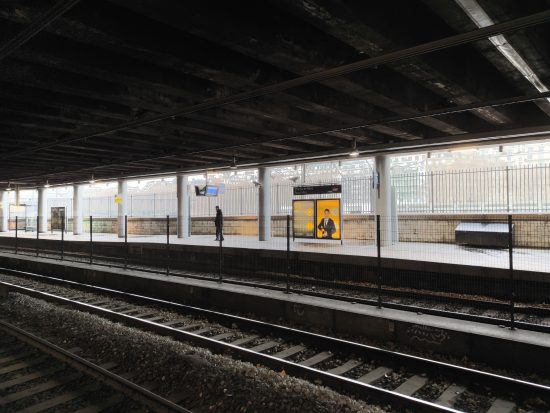

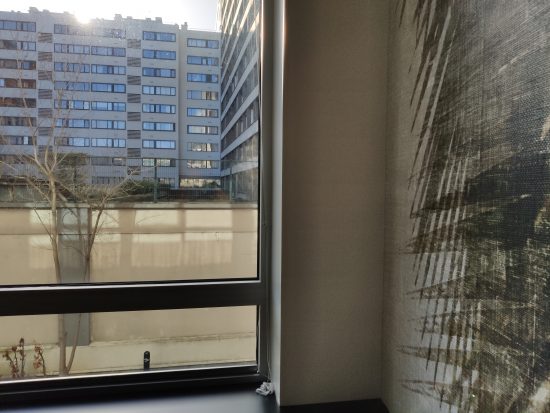
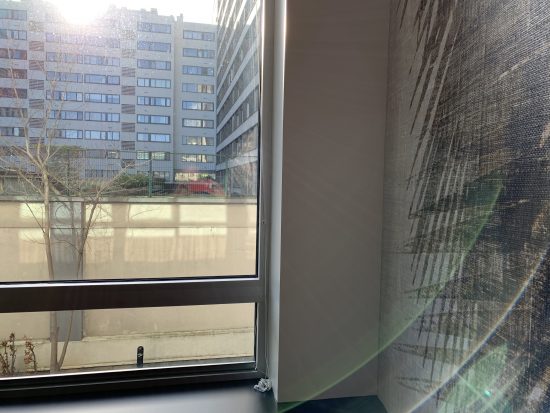



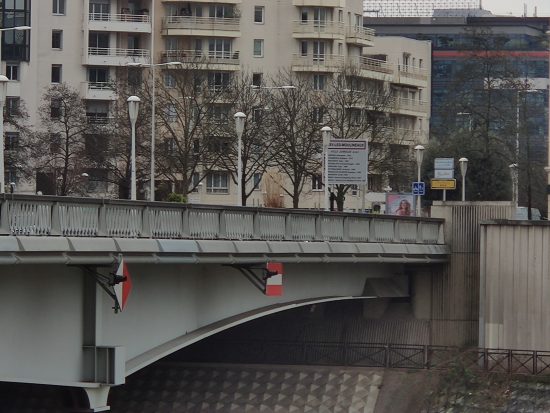








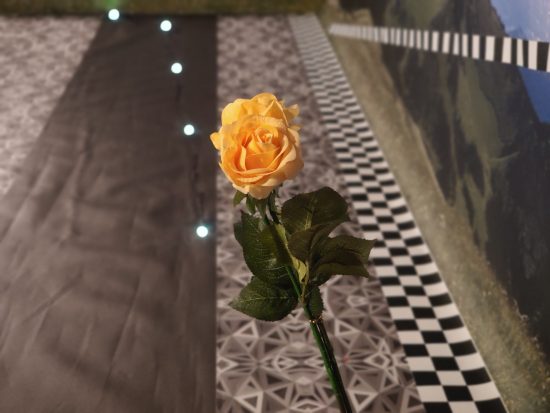
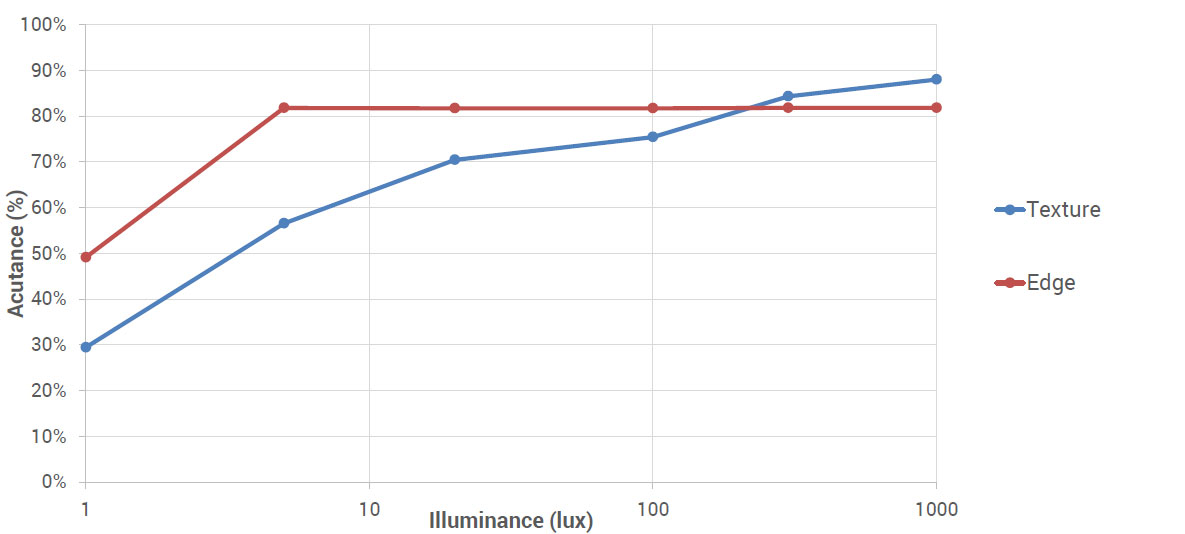
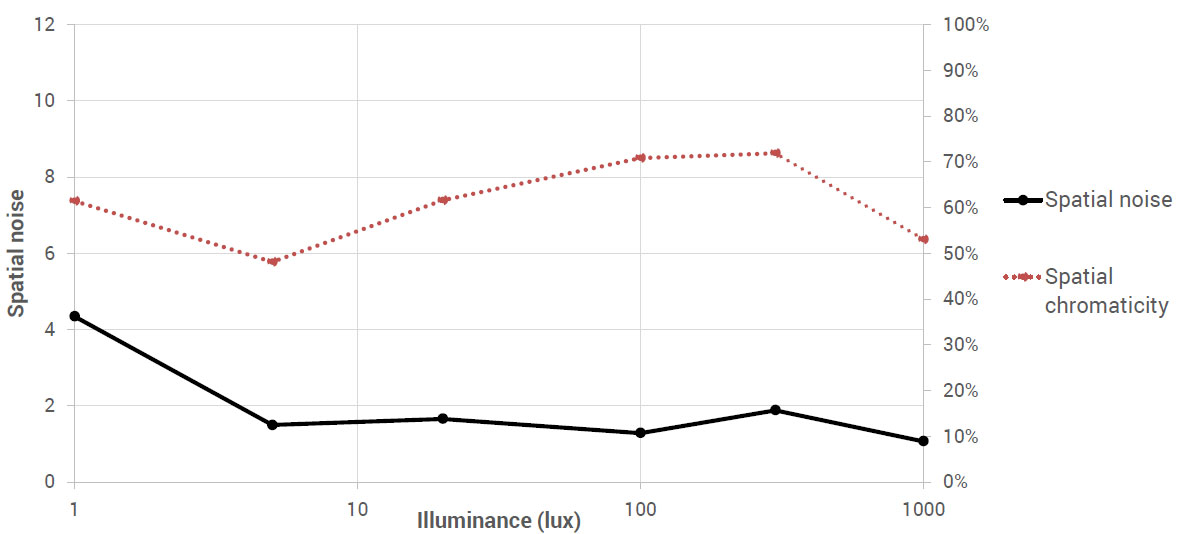
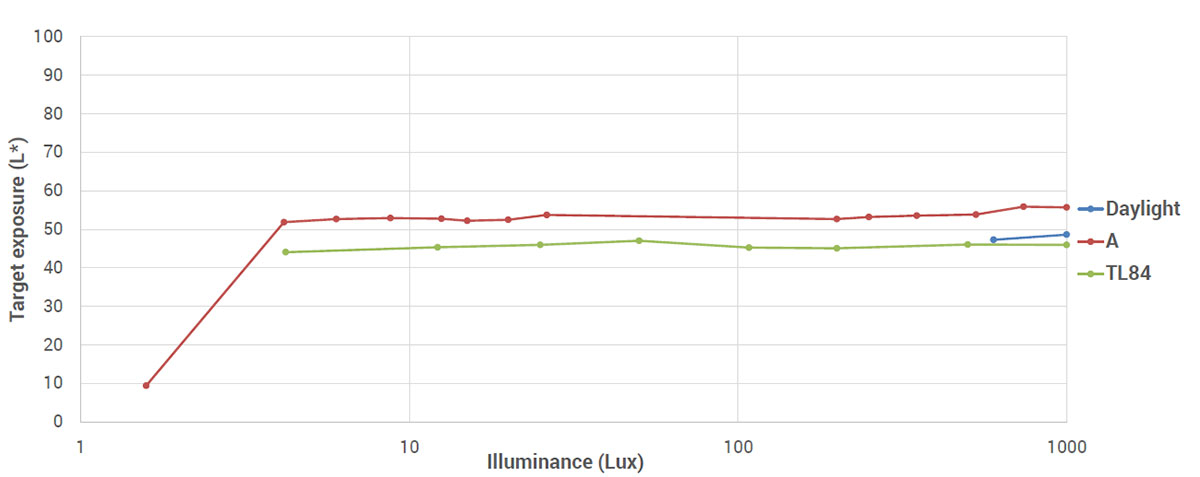




DXOMARK encourages its readers to share comments on the articles. To read or post comments, Disqus cookies are required. Change your Cookies Preferences and read more about our Comment Policy.